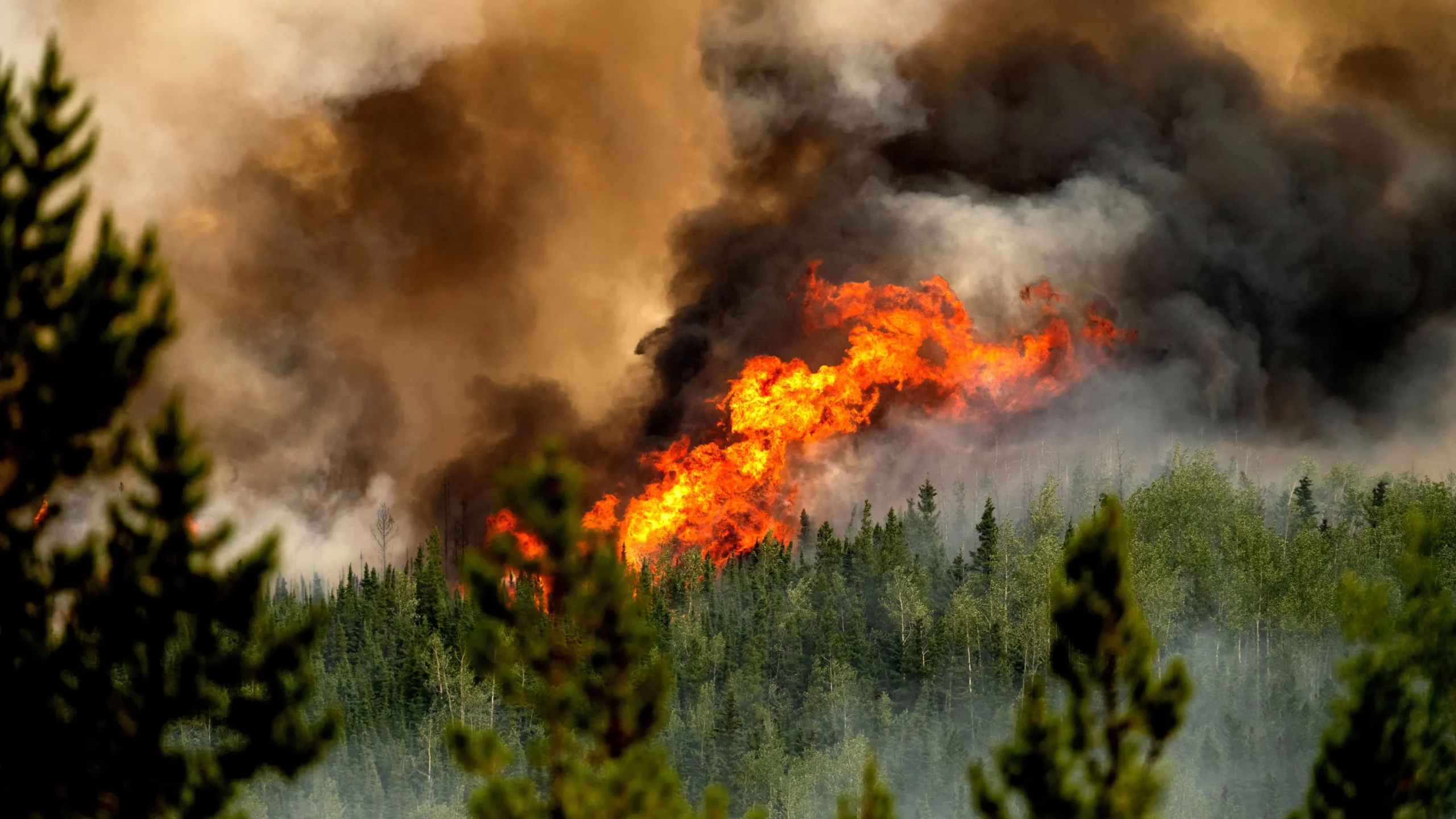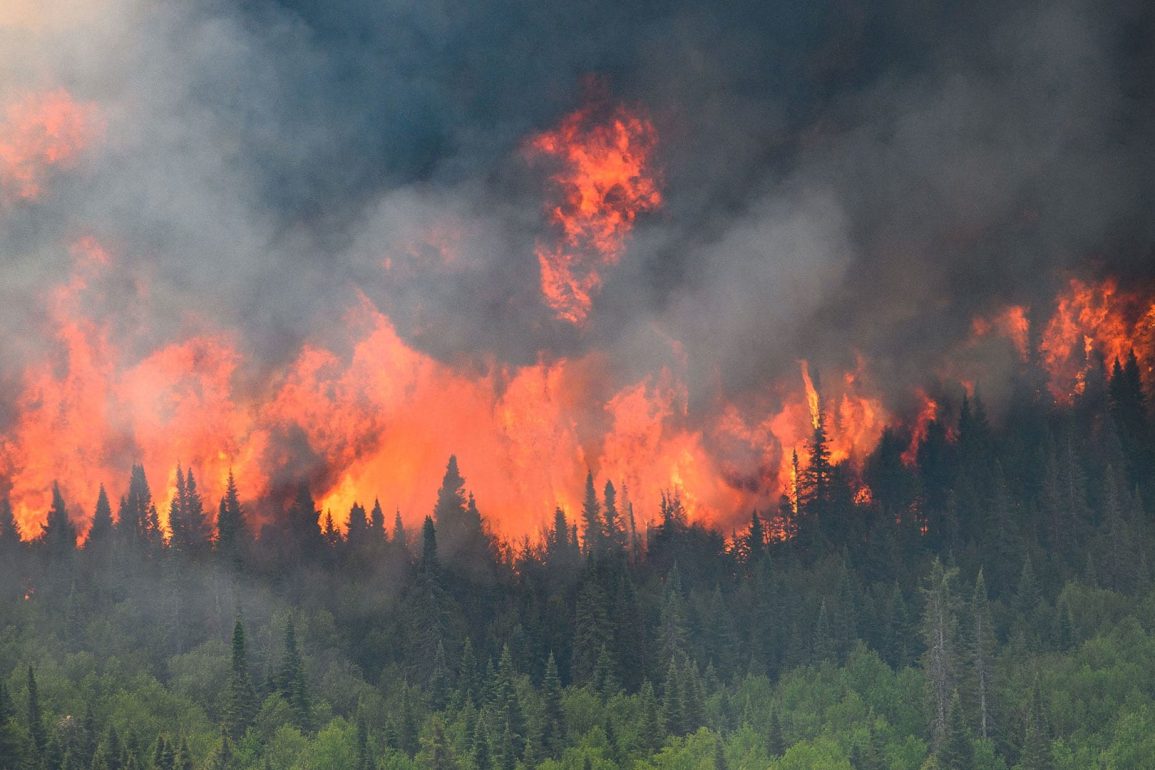A recent study revealed that wildfires in Canada released more greenhouse gases last year than some of the world’s largest emitting countries, challenging current national emissions budgets that depend on forests as carbon sinks.
The study, published in the journal Nature, highlighted that the carbon emissions from these wildfires amounted to 647 megatonnes, surpassing the annual emissions of major countries like Germany, Japan, and Russia. This data suggests that if Canada’s wildfires were considered a country, they would rank as the fourth-largest emitter globally, only behind China, India, and the United States.
Typically, Canadian wildfires have emitted between 29 and 121 megatonnes of carbon over the last decade. However, due to the climate crisis—driven by the burning of fossil fuels—conditions in Canada have become drier and hotter, fueling more extreme wildfires.

The fires in 2023 were particularly devastating, burning 15 million hectares (37 million acres) of forest, equivalent to about 4% of Canada’s total forest area. This significant increase in wildfire intensity has raised concerns about the role of forests as reliable carbon stores in the fight against climate change.
The study’s findings raise critical questions about the global reliance on forests to act as long-term carbon sinks. If wildfires continue to increase in frequency and intensity, forests could transition from being carbon sinks to carbon sources, exacerbating the problem they were meant to mitigate.
This shift could undermine global carbon budgets, which estimate how much greenhouse gas can be emitted while still limiting global warming to 1.5°C above preindustrial levels.
Brendan Byrne, an atmospheric scientist at NASA’s Jet Propulsion Laboratory and the study’s lead author emphasized the need to reconsider how carbon budgets are calculated. He suggested that to effectively limit atmospheric carbon dioxide, adjustments must be made to account for how much carbon forests are absorbing—or failing to absorb—due to factors like wildfires.
As climate models project that the unusually hot conditions Canada experienced in 2023 could become commonplace by the 2050s, the potential for severe and widespread wildfires across Canada’s vast forests is likely to increase.
Moreover, the carbon emissions from these worsening wildfires are not currently included in Canada’s annual greenhouse gas emissions inventory. This is because emissions are typically counted only from human activities, such as industrial processes, not from natural disturbances like wildfires.
However, Byrne pointed out that from an atmospheric perspective, carbon released into the atmosphere contributes to global warming regardless of its source, suggesting that current accounting methods might need to be revised to reflect these realities.

